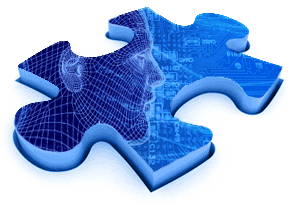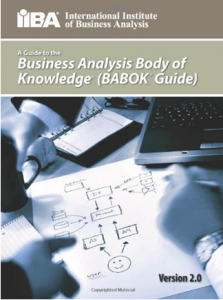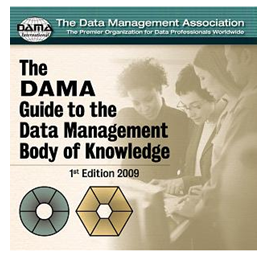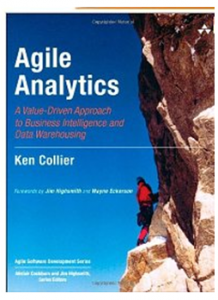Business Analysis for Business Intelligence
By Sue Burk
 Over the past few years, I’ve spoken to user groups to share my experiences working with use cases, scenarios, and user acceptance tests in support of data warehousing and Business Intelligence (BI) BI analysis. Afterwards, many people ask me to summarize my recommendations. In response, I wrote a short article – Requirements Tips for Data Centric Projects. You can access it here (note: you may have to register).
Over the past few years, I’ve spoken to user groups to share my experiences working with use cases, scenarios, and user acceptance tests in support of data warehousing and Business Intelligence (BI) BI analysis. Afterwards, many people ask me to summarize my recommendations. In response, I wrote a short article – Requirements Tips for Data Centric Projects. You can access it here (note: you may have to register).
In my article, I focus on analyzing the context of usage. In addition, remember this: to elicit, analyze, and specify requirements in this space, almost all of the time-tested data-centric techniques are still necessary.
People often asked me for additional tips and advice. What additional considerations for business analysis for BI?
Considerations for Business analysis for Business intelligence
Of all of those time-tested data-centric techniques, here are the ones I think are most important for this work:
1. You often need to perform data modeling (Entity-Relationship, Star Schema or both). To do this, be sure you have a sound grounding in these techniques.
2. Your project may entail moving data to a warehouse or other data target. If so, you need to identify data sources and targets. Map your data sources to targets. Remember to conduct data sampling and use the samples to assess the quality or “cleanliness” of your data sources. Your analysis will likely include data cleansing, which requires a lot of detective work to hunt down the source of truth and structural business rules so your target data is correct.
3. When your data will be delivered end users, be sure to analyze report content (e.g. select, sort, subtotal) and report presentation (i.e., how info will appear on a report or UI).
4. Specify quantitative information about your data. Specifically: volumes, percent growth, and which data records are likely to be accessed concurrently.
What about the International Institute of Business Analysis (IIBA) BABOK®?
 The BABOK provides high level guidance on analysis for data warehousing. The BABOK includes the data techniques of Data Dictionary, Glossary, and Data Modeling. Data mapping is mentioned as part of defining transition requirements.
The BABOK provides high level guidance on analysis for data warehousing. The BABOK includes the data techniques of Data Dictionary, Glossary, and Data Modeling. Data mapping is mentioned as part of defining transition requirements.
 Find in-depth information on analysis techniques for Data Warehousing in the DAMA (Data Management Association) Data Management Body of Knowledge (DAMA DMBOK)
Find in-depth information on analysis techniques for Data Warehousing in the DAMA (Data Management Association) Data Management Body of Knowledge (DAMA DMBOK)
 I also recommend writings by Bill Inmon, Claudia Imhoff, Shaku Atre, Ralph Kimball and, for an Agile Perspective, Ken Collier’s recent book on Agile Analytics.
I also recommend writings by Bill Inmon, Claudia Imhoff, Shaku Atre, Ralph Kimball and, for an Agile Perspective, Ken Collier’s recent book on Agile Analytics.
References:
- Brennan, Kevin. A Guide to the Business Analysis Body of Knowledge® (BABOK® Guide), International Institute of Business Analysis, 2009.
- Collier, Ken. Agile Analytics: A Value-Driven Approach to Business Intelligence and Data Warehousing (Agile Software Development Series), Addison-Wesley Professional, 2011.
- DAMA International. The DAMA Guide to the Data Management Body of Knowledge (DAMA-DMBOK), Technics Publications, LLC, 2010.

Leave a Reply